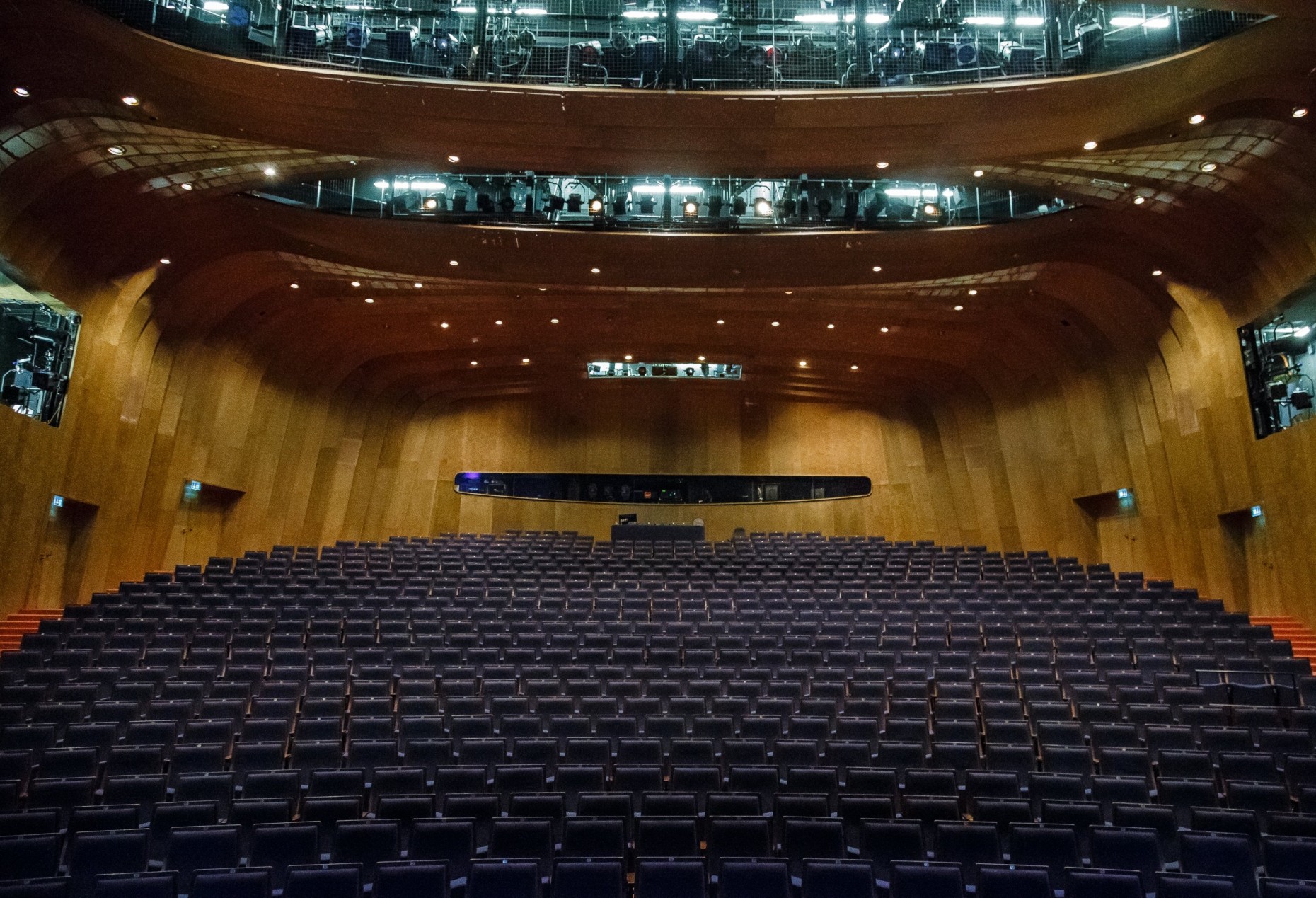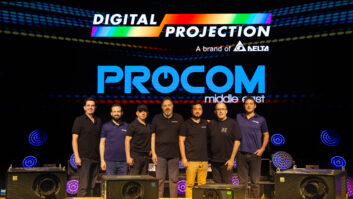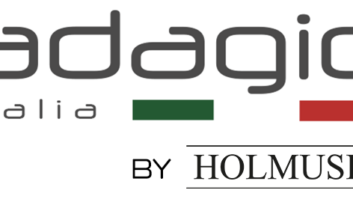
Following analysis of the challenges facing integrators, and a look at where the industry is heading, we conclude our features on video distribution by emphasising the importance of getting the basics right and devising future-proof solutions. Ian McMurray reports.
With so many video distribution paradigms and technologies to choose from – let alone manufacturers and products – choosing the optimum solution can present a challenge to any integrator. Unsurprisingly, the industry’s advice focuses on the basics – although Stuart Ashton, director for EMEA at Blackmagic Design, makes a point that’s easily overlooked.
“While the specifics of each video distribution workflow will be tailored to the venue’s requirements, the quality of image to the screen is at the heart of all effective AV systems,” he says. “Therefore, integrators have to consider the most effective processing and distribution technology for each particular solution to ensure the final onscreen images are as impressive as possible, while balancing this with the client’s budget.”
Listen and understand
“Understanding some basic system requirements is always a good starting point,” smiles AMX’s senior product manager Paul Hand. “What types and quantities of devices are you expecting to need to bring video/audio in from and what types and quantities of devices are you expecting to send video and audio to? This will help understand how large a system it will be. Next: will those video signals be leaving the room, floor or building and if so, how far are they going? This will help identify the transport solutions.”
“Integrators need to listen to their customers and determine priorities,” avers Andy Fliss, director of marketing at TV One. “Price always seems to be number one, but when you ask the right questions and carefully listen to the answers, the solution becomes clear. Always keep your options open and present the pros and cons between IPTV, HDBaseT, fibre optic and proprietary distribution hardware. There is no single answer.”
“The integrator has to understand the customer needs and requirements and match these to the best solutions available,” says Mike Allan, CTO of Exterity. “It is essential integrators are well educated in the products and solutions available and the importance of building future-proofed systems – which is why Exterity has devised a strong training programme for our StreamForce partners through sharing insight into current and upcoming trends in the market.”
“Look for a comprehensive end-to-end solution that can mix and match streaming, 4K, HDBaseT, and fibre all on one platform,” says Tom Barnett, Crestron’s director of marketing communications. “You have to trade between three demands: bandwidth, quality and latency. Streaming solutions don’t afford as much bandwidth as point-to-point connections, so quality and latency suffer. Point-to-point requires a lot of bandwidth and is impractical for distribution between different cities or countries. That’s why it’s so important to use a solution that provides both streaming and point-to-point on the same platform, so you can choose the correct technology on an input-by-input and output-by-output basis.”
A recurring theme is the point made by Allan – the need for future-proofing.
“It’s a very important consideration, to ensure clients are not locked into technology that will quickly date and leave installations requiring a complete overhaul in a matter of years,” notes Blackmagic’s Ashton. “Instead, integrators should be looking at technology that enables clients to work in their chosen format today, but will also be able to support them when they are ready to upgrade their workflow.”
“Certainly, customers are concerned about future-proofing, and the need to accommodate a growth in both the source input devices and the display or capture output devices without having to invest in a whole new infrastructure,” echoes Raj Dattani, Relex’s technical sales manager, “which is why the integrator needs to have a clear view of their clients’ strategic plans for the future.”
“But,” he adds, “as well as looking to the future, an integrator needs to be aware of the past, and the flexibility to allow existing equipment to integrate into a new digital distribution solution. For example, the [UK’s National Health Service] has invested huge amounts of money in items such as microscopes and endoscopes, many of which will have analogue outputs. Users are looking for solutions that can manage these types of legacy source devices, and convert outputs to a digital signal for use with modern displays.”
No ‘one size fits all’
It seems as if each vendor in the video distribution marketplace is reassuringly clear about what’s changing, what the challenges are, what comprises the optimum solution and where the industry is headed. The problem arises, however, when that apparent clarity of vision is not necessarily shared – which is partially (perhaps largely) a function of the disparate markets each manufacturer addresses under the catch-all title of ‘video distribution’. Each solution has its merits, given the right application: there is no ‘one size fits all’. However: there does seem to be consensus that solutions leveraging the rapidly growing IP/Ethernet infrastructure will prevail over time – but even then, the shape those solutions will take is still a matter of debate.
What hasn’t changed, regardless of the application, and what isn’t open to debate, are the requirements for inbuilt scalability and flexibility; for reliability and ease of use; and the need to ensure that any installation can easily and cost-effectively adapt to a changing technology environment. The need to handle substantial increases in both the quantity and quality of video and the potential interoperability issues that HDBaseT 2.0, HDMI 2.0 and HDCP 2.2, for example, may bring are just two examples.
It turns out that ‘change is constant’ wasn’t the only thing Heraclitus had to say about the video distribution marketplace. On the challenges posed by the broad array of available technologies and products, he had this to say: “The unlike is joined together, and from differences results the most beautiful harmony.” And his advice to integrators? “Those who love wisdom must investigate many things.”
www.amx.com
www.blackmagicdesign.com
www.crestron.com
www.exterity.com
www.reflex.co.uk
www.tvone.com







